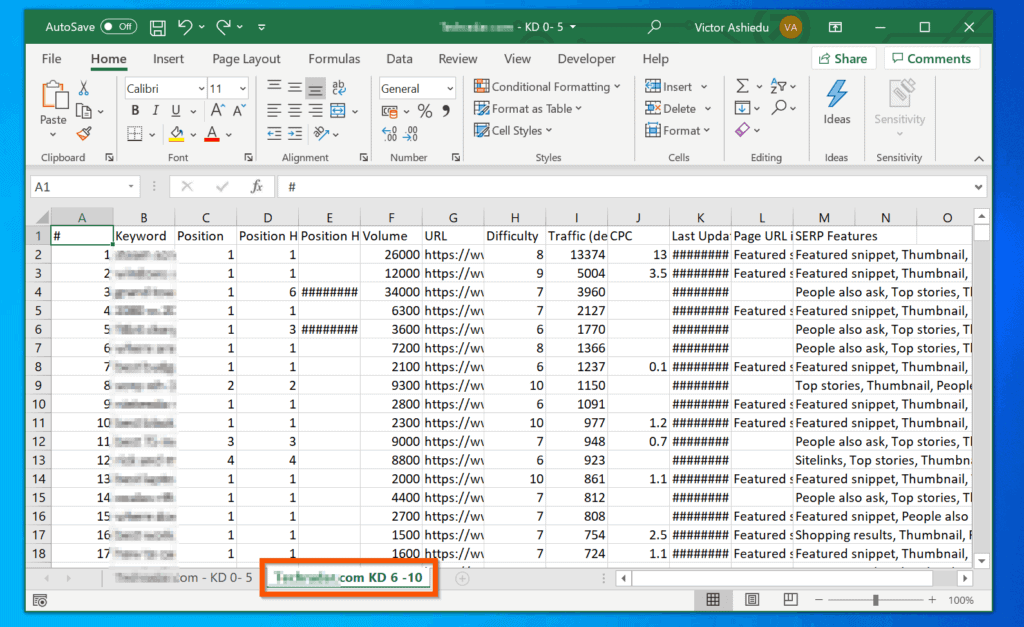Insert Excel Sheets: Easy Methods for File Merging

Managing multiple Excel files can be challenging, especially when you need to analyze data cohesively from various sources. Whether it's for consolidating financial reports, merging datasets for analysis, or just organizing personal information, knowing how to insert and merge sheets from different Excel files is a critical skill for enhancing productivity and data accuracy. This comprehensive guide will explore easy and efficient methods to merge Excel sheets, offering step-by-step instructions suited for different levels of Excel expertise.
Understanding the Basics of Excel File Merging

Before diving into specific techniques, it’s essential to grasp why merging Excel files is beneficial:
- Consolidation: Combine data from different teams or departments into a single, comprehensive report.
- Data Analysis: Merge data for a holistic view, facilitating easier trend analysis and decision-making.
- Workflow Efficiency: Reduce manual data entry and minimize errors by integrating separate files.

Method 1: Using Excel’s Built-in Tools

Manual Copying and Pasting

While simple, this method can be tedious for numerous files:
- Open the source Excel file.
- Select and copy the data from the sheet you want to merge.
- Open the destination file, navigate to the tab where you want to insert the data, and paste it into the sheet.
⚠️ Note: Ensure that pasted data doesn’t overwrite existing data in the destination file.
Using the Consolidate Feature

The Consolidate tool helps combine data from multiple ranges into a single range:
- Go to the ‘Data’ tab, select ‘Consolidate.’
- Choose ‘Sum’ for operation, then select the ranges you wish to consolidate.
- Hit ‘OK’ to merge the data.
| Range | Data Source |
|---|---|
| Sheet1!A1:D10 | File1.xlsx |
| Sheet1!A1:D10 | File2.xlsx |

📌 Note: Use ‘By Position’ for merging data based on similar cell positions in each sheet.
Method 2: VBA Macro for Merging Sheets

For those comfortable with VBA, macros provide a powerful automation solution:
- Open the Visual Basic Editor with Alt + F11.
- Insert a new module and paste this code:
Sub MergeExcelFiles() Dim FolderPath As String Dim FileName As String Dim WB As Workbook Dim WS As Worksheet Dim TargetWB As Workbook Dim TargetWS As Worksheet Application.ScreenUpdating = False' Path to the folder where files reside FolderPath = "C:\Your\Folder\Path\Here\" FileName = Dir(FolderPath & "*.xlsx") Set TargetWB = Workbooks.Add(xlWBATWorksheet) Set TargetWS = TargetWB.Worksheets(1) TargetWS.Name = "Merged Data" Do While FileName <> "" Set WB = Workbooks.Open(FolderPath & FileName) For Each WS In WB.Worksheets If WS.Name <> "Summary" Then WS.Copy After:=TargetWS TargetWS.Activate Range("A1").EntireColumn.Insert Range("A1").Value = "File: " & FileName End If Next WS WB.Close savechanges:=False FileName = Dir() Loop Application.ScreenUpdating = True End Sub </code> - Save your VBA code and run the macro to merge sheets from all Excel files in the specified directory.
Method 3: Third-Party Tools

If coding isn’t your thing, third-party tools offer user-friendly interfaces for merging:
- Power Query: A free Excel add-in for advanced data manipulation and merging.
- Spreadsheet Compare: Part of Microsoft’s toolkit, it can compare and merge spreadsheets with visual cues.
- Online Merge Tools: Web-based applications that allow you to upload and merge Excel files without any software installation.
Wrapping Up the Data Integration Journey

By now, you should have a solid understanding of the various methods to insert Excel sheets for file merging, each offering its unique advantages:
- Manual methods are straightforward but time-consuming for multiple files.
- VBA scripts automate the process for large datasets or regular reporting needs.
- Third-party tools simplify the process with easy-to-use interfaces for quick results.
Remember, the right method depends on your specific needs, the complexity of the data, and your comfort level with Excel and programming. Whether it’s about maintaining data integrity, improving workflow efficiency, or consolidating diverse datasets, the tools and techniques covered here equip you to manage your Excel files effectively, enhancing your overall productivity.
What is the easiest way to merge Excel files with different structures?

+
For files with different structures, manual copying and pasting can work, but using third-party tools like Power Query or online services might offer better control over the merging process, allowing you to map similar fields from various sheets.
Can I automate the merging process if my files have consistent headers?

+
Yes, if your files share consistent headers, you can automate the process using VBA scripts or tools like Power Query, which can recognize and align data based on these headers.
Is there a way to merge Excel sheets without opening each file?

+
Absolutely, using VBA or third-party tools like Power Query or online merge applications allows you to process and merge Excel files without manually opening each file.
How can I ensure that data integrity is maintained during the merge?

+
To maintain data integrity, consider the following:
- Use consistent headers across all files to prevent data misalignment.
- Employ validation rules to check for data consistency.
- Always review merged data for errors or discrepancies before finalizing reports.



